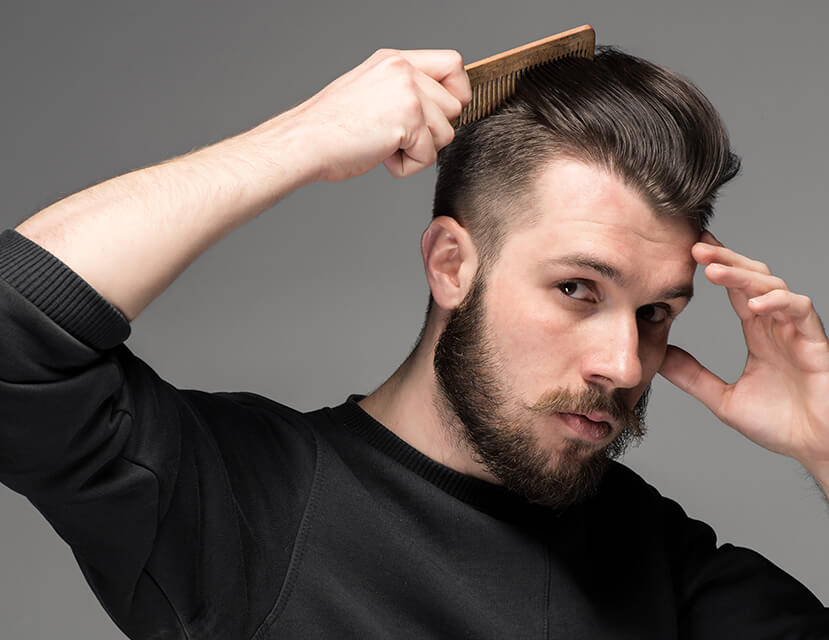Hair Restoration Is No Secret
People don’t really talk openly about hair loss and how it’s treated. Thinning hair can be an embarrassing problem that cripples your confidence. The good news is that you don’t have to hide under ball caps and stocking hats. The secret is out. Surgical hair restoration is an effective way for most men to treat their balding and thinning hair. Women can also benefit from hair transplant procedures. It’s important to have realistic expectations when considering hair restoration surgery, but hair treatments have given people the courage to live as full and enviable as their hair.
Follicular unit strip procedure
Follicular unit strip surgery and follicular unit extraction are two of the standard hair transplant methods. The follicular unit strip surgery (FUSS) procedure removes a small strip of skin from the back of your head and makes tiny grafts to areas that are thinning. The original section of skin that gets moved is covered by the surrounding hair. FUSS surgery is a good option for people who are concerned about the cost of hair replacement. Patients generally pay based on the number of grafts needed, so they can avoid a flat rate. Some people who choose FUSS hair restoration surgery report more discomfort and swelling than patients who undergo follicular unit extraction procedures.
Follicular unit extraction procedure
Follicular unit extraction (FUE) removes individual follicular units directly from the scalp. The surgeon will not have to remove the tissue. Similar to FUSS surgeries, marks from the FUE procedure are hidden by your surrounding hair. That being said, FUE leaves less scarring overall, because it doesn’t remove sections of skin. Although it’s more expensive, the FUE method is the preferred hair restoration option. Doctors are able to transfer follicles from several different areas, so there aren’t extra thin patches around your scalp. Your hair will look fuller all over with FUE surgery.
The restoration process
Hair restoration is a process. Some patients don’t see results until a year after the initial operation. After your surgery, the hair that was transplanted can fall out because of the stress from the procedure. This is normal. Hair transplants work because they’re moving the entire hair follicle, so that regrowth will eventually occur naturally. Hair follicles are tiny sacs that produce hair growth. Doctors transfer the healthy ones to bald areas and patches of thinning hair.
Hair restoration sometimes requires multiple procedures to get the best results. The number of operations and how long each session lasts depends on what results you’re looking for, how much hair you’ve lost and how fast you’re losing hair. There are limits to what hair transplants can achieve. It’s effectiveness is influenced by your genetics, what kind of hair you have and how much donor hair is available.
Benefits for men and women
Both men and woman can benefit from hair restoration surgery. Men are the most common hair transplant patients. Hair loss and male pattern baldness damage the confidence of men at all ages. Guys can begin loosing hair in their 20s. Surgeons transfer hair from the back and sides of their head, where it’s thick and full. Women lose hair differently than men do, which is why hair transplants are not always a good solution. When women are a good fit for hair restoration, they typically require more sessions than men.
Multiple sessions and months of waiting can seem like a time consuming process, but for the people who undergo hair restoration surgery it’s all worth it. Thinning hair and a balding scalp can be embarrassing. Men and women both struggle to find solutions for their hair loss, but the secret to getting fuller hair is out. Hair restoration effectively restores confidence so people of all ages can live fully and unashamed of their hair.
Contact Info
9777 S. Yosemite Street, Suite 200
Lone Tree, CO. 80124
303.680.8989
Email Us
Hours
Monday - Thursday: 8am - 5pm
Friday: 8am - 4pm
